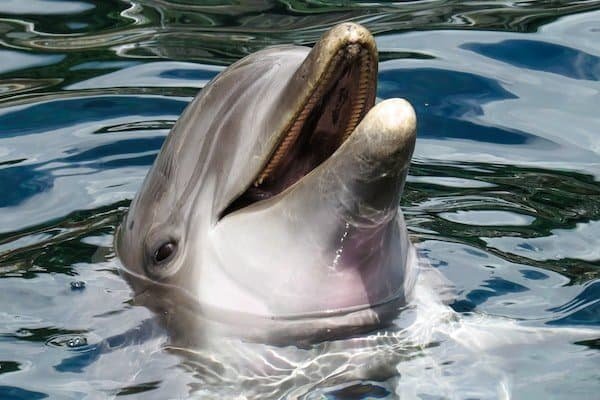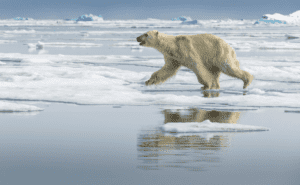Have you ever wondered that What Is A Baby Dolphin Called? Baby Dolphin is known as calf or pup, either they are male or female. The name “Bulls” refers to male Dolphins and “cows” to females. A group of dolphins is known as “Pod”. Baby Dolphins are much smaller than adult dolphins and usually appear paler in color. Weighing about 22 to 44 pounds calves are 39 to 53 inches long, but their exact size depends on the particular species of Dolphins.
Baby Dolphin’s named calves because, like other mammals, they are born live and nurse from their mothers for an extended period of time. Dolphins, like other mammals, are warm-blooded, give birth to live young, nurse their young and breathe air. Dolphins are known for their intellect and capacity for learning new things. Dolphins give birth to one calf per pregnancy
Table of Contents
How Mother Dolphins communicate with baby dolphins:
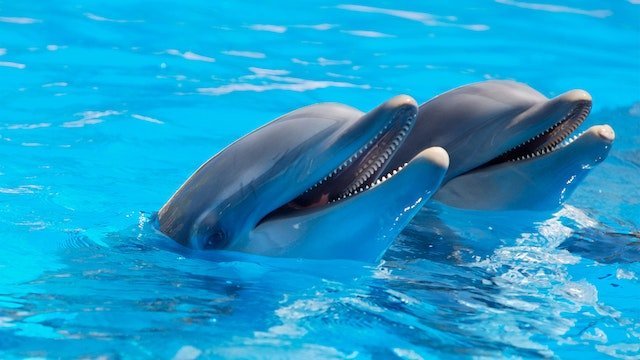
You know instantly when someone is speaking to an infant or small child. It turns out that dolphin mothers also use a kind of high-pitched baby talk.
Female bottlenose dolphins change their tone when addressing their calves. Researchers recorded the signature whistles of 19 mother dolphins in Florida, when accompanied by their young offspring and when swimming alone or with other adults. Another possible reason for using specific pitches is to catch the kids’ attention.
How long does a dolphin calf typically remain with its mother?
Baby Dolphins are called calves because, like other mammals, they are born live and nurse from their mothers for an extended period of time
Calves learn to hunt, avoid danger, and explore their territory while under their mother’s watchful eye for three to six years.
How does a baby dolphin swim?
Evidence suggests that dolphin calves learn to swim even before they are born, which is a truly remarkable phenomenon. Researchers have seen them moving around and swimming in the uterus as early as the second trimester.
This ability is crucial for their survival, as they must immediately reach the surface after birth. Even if they have a head start in the womb, that doesn’t mean they’ll be able to perform at a high level right away. They need practice before they can swim efficiently.
What does a baby dolphin eat?
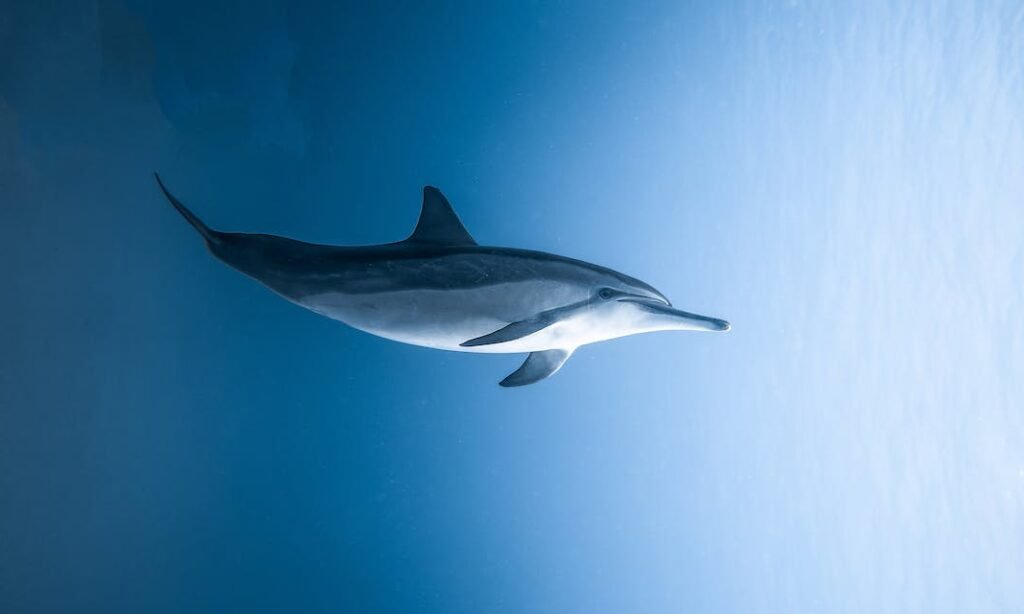
The typical nursing period for a baby dolphin is several years. As they mature and learn to provide for themselves by fishing, they wean themselves from their mothers’ milk.
How do baby dolphins defend themselves?
Baby dolphins join the rest of the pod in the middle when they are just learning to swim so that the adults can guard them from larger animals like killer whales and sharks. In addition to providing a private protection detail, adult dolphins will swim above and slightly to the side of their young, propelling them forward in their wake and reducing the strain on the young.
Most newborn dolphins are able to take their first breath immediately after birth because they are born with their tails first.
Dolphins use echolocation to locate items in the water by emitting noises that are reflected off of submerged structures and back to the animals’ acute hearing. The distance to an item is determined by the time it takes for a reflected sound to return to the dolphin.
School (sometimes called herd or pod) members of dolphins utilize noises to communicate with one another. A school’s enrollment could range from five people to several thousand. A school would often work together to achieve the same goal, such as catching fish in a net.
What Is A Baby Dolphin Called? Physical characteristics of Dolphins:
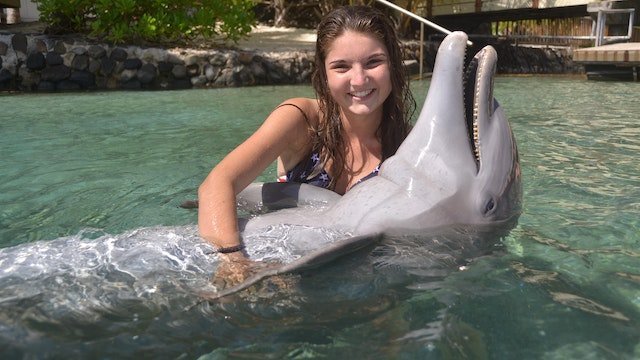
- Size and Weight: Killer whales, the largest member of the dolphin family, can grow to be over 32.5 feet long and weigh around 9,800 kilograms. However, the vast majority of dolphins are quite small. For example: bottlenose dolphins can grow to be between 8 and 10 feet long and 135 to 227 kilograms heavy. The Amazon river dolphin, another huge river mammal, can reach a length of 9 feet and a weight of 160 kilograms at maturity. The Hector’s dolphin is one of the tinier dolphins at only approximately 4 feet in length and 50 kilograms in weight.
- Skin and color: Dolphins have rubbery skin and a variety of black, white, and gray colorings. They feature a triangular fin on their back in addition to the two flippers on each side. Their thick covering of blubber (fat) provides insulation, as it does for other whales.
- Tail and swimming speed: The dolphin’s tail is horizontal rather than perpendicular like the tails of fish and helps the animal propel itself during lunges and dives. The blowhole of a dolphin rises above the surface of the water as it swims, and the animal’s back fin is revealed as it sinks below the surface. Dolphins have impressive swimming speeds. Common dolphins are even quicker than the bottlenose, which can reach speeds of about 18 miles per hour in brief bursts. Several animal species are drawn to the motion of ships and frequently travel alongside them, sometimes even riding the waves generated by the bows.
- Body temperature and breathing: Because they are mammals and not fish, dolphins are able to maintain a fairly constant body temperature regardless of the temperature outside. Dolphins, like other whales, have lungs and breathe air through a single nostril (the blowhole) on top of their heads. When they come to the surface to exhale and inhale, they open the blowhole.
Habitat of Dolphins:
Dolphins can be found in oceans all around the world. Dolphins’ adaptability to different water conditions allows them to thrive in environments ranging from the equator to the Antarctic. Both the common bottlenose dolphin and the common dolphin can be found across the world’s tropical and temperate oceans. Some are only found in specific regions.
River dolphins are found naturally in the waters of southern Asia and South America. Ganges and Indus dolphins live in the Ganges, Brahmaputra, Meghna, and Indus rivers on the Indian subcontinent. Native to the Yangtze River, the Chinese river dolphin has not been seen since the early 21st century. The Orinoco and Amazon rivers are home to the Amazon river dolphin.
Conclusion:
Reading about these miraculous newborns is one thing, but really meeting one is something else entirely. You can actually see the amazing stories of these dolphins’ coming of age unfold before your own eyes at different Dolphin Nurseries around the world. SeaWorld Orlando’s Dolphin Nursery is the most popular one to visit.
Read Also: What Is Dolphin Meat Called?

